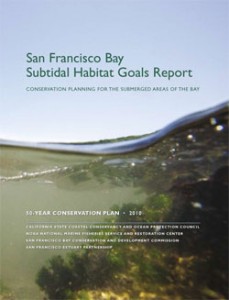 Most of San Francisco Bay is surprisingly shallow, a habitat that is home to a great diversity of undersea life—at least in those areas where the native ecosystems are healthy. A new report, prepared by the Coastal Conservancy, the National Oceanic and Atmospheric Adminstration and other partenrs, has mapped those areas, and identified others as good candidates for restoration projects.
Most of San Francisco Bay is surprisingly shallow, a habitat that is home to a great diversity of undersea life—at least in those areas where the native ecosystems are healthy. A new report, prepared by the Coastal Conservancy, the National Oceanic and Atmospheric Adminstration and other partenrs, has mapped those areas, and identified others as good candidates for restoration projects.
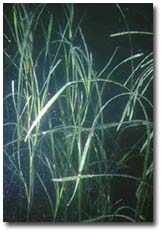 EelgrassEven if most of the inner portions of San Francisco Bay are relatively shallow, mapping the Bay's full perimeter included a considerable variety or underwater terrain, explains NOAA's Natalie Cosentino-Manning. The deep and rocky entrace to the Bay is markedly different from the inner expanses where the subtidal zones predominate.
EelgrassEven if most of the inner portions of San Francisco Bay are relatively shallow, mapping the Bay's full perimeter included a considerable variety or underwater terrain, explains NOAA's Natalie Cosentino-Manning. The deep and rocky entrace to the Bay is markedly different from the inner expanses where the subtidal zones predominate.
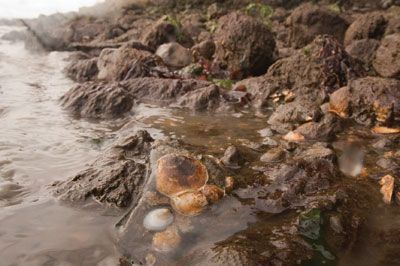
The mapping project found a good concentration of healthy eelgrass and oyster beds along the eastern shoreline of Marin County, adds Cosentino-Manning, as well as numerous additional areas that are good candidates for restoration work.
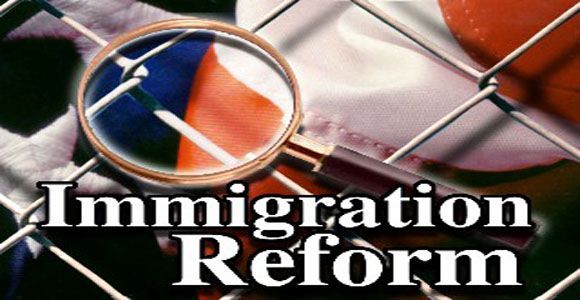 National security, economic vitality and partisan politics. Immigration reform is one issue that touches them all. But that doesn't mean there's much agreement about how reform should proceed.
National security, economic vitality and partisan politics. Immigration reform is one issue that touches them all. But that doesn't mean there's much agreement about how reform should proceed.
 The debate over immigration reform is dominated by concerns about Latinos from Mexico and other nations moving northward into the United States. This, says U.C. Davis Law School Dean, Kevin R. Johnson, gives the issue inescapable racial overtones.
The debate over immigration reform is dominated by concerns about Latinos from Mexico and other nations moving northward into the United States. This, says U.C. Davis Law School Dean, Kevin R. Johnson, gives the issue inescapable racial overtones.
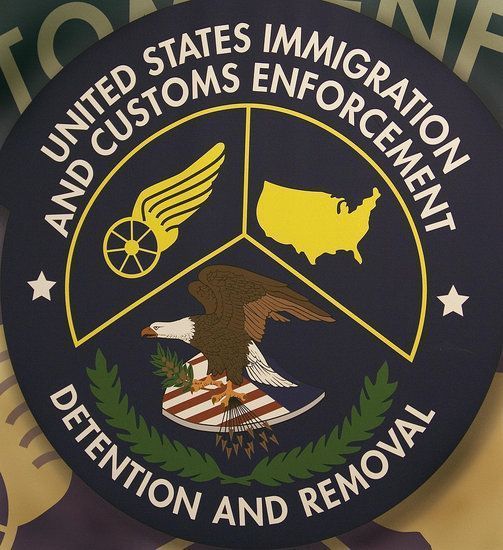 Enforcement of immigration laws by local police is a touchy subject in many jurisdictions, and some, such as San Francisco has gone so far as to declare themselves "sanctuary" cities, where only federal authorities can make arrests or initiate deportations. In other places, notes Kevin R. Johnson, police employ a similar practice informally.
Enforcement of immigration laws by local police is a touchy subject in many jurisdictions, and some, such as San Francisco has gone so far as to declare themselves "sanctuary" cities, where only federal authorities can make arrests or initiate deportations. In other places, notes Kevin R. Johnson, police employ a similar practice informally.
Kevin R. Johnson will offer his "Overview on Immigration" at noon on Wednesday, Feb. 9, in Room 3001 of the Schulz Library on the Sonoma State campus. This is the kick-off event for the university's serires of immigration-themed events and activities, Immigration: Humanity on the Move.
 Regardless of the weather, this is the Season of Nonviolence, the roughly nine-week interval between the anniversaries of the deaths of Mahatma Gandhi and Martin Luther King, Jr. The first in a series of events to observe the season will focus on the subject of "Building Compassionate Community."
Regardless of the weather, this is the Season of Nonviolence, the roughly nine-week interval between the anniversaries of the deaths of Mahatma Gandhi and Martin Luther King, Jr. The first in a series of events to observe the season will focus on the subject of "Building Compassionate Community."
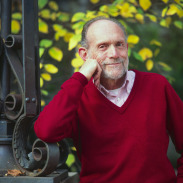 Michael Nagler
Michael Nagler
Michael Nagler is also the founder of the Metta Center for Nonviolence, which has just relocated to a new home in Petaluma.

Michael Nagler will be speaking at the Santa Rosa main library on Monday, Feb. 7, at 6 pm. The free event is being sponsored by a coalition of local non-profits seeking to help us all move beyond adversarial communication toward a compassionate community.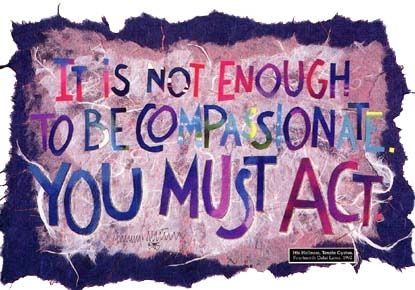
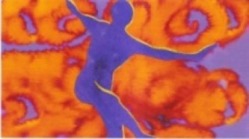 Eating disorders are on the rise, increasing in California faster than the national average. These are not life-style choices, cautions an eating disorder recovery expert, but serious – and treatable – illnesses.
Eating disorders are on the rise, increasing in California faster than the national average. These are not life-style choices, cautions an eating disorder recovery expert, but serious – and treatable – illnesses.
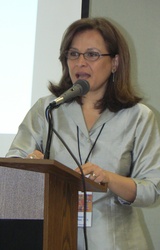 Helah Kashanim Ph.D.
Helah Kashanim Ph.D.
Early identification greatly boosts the opportunities for recovery from eating disorders, but Helah Kashani, Executive Director of Eating Disorders Recovery Support Inc., says that is frequently complicated by the shame these individuals feel about their behavior.
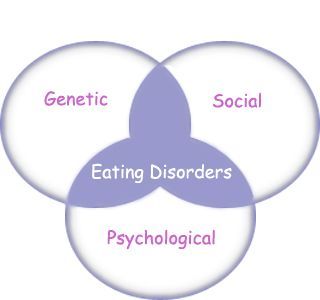 While the prospects for recovery with treatment are typically good or even very good, Kashani acknowledges that the risk of relapse is always present,too.
While the prospects for recovery with treatment are typically good or even very good, Kashani acknowledges that the risk of relapse is always present,too.
EDRS is hosting its Fifth Annual Eating Disorders Awareness Week Conference, PATHWAYS TO EATING DISORDER RECOVERY, Feb. 4 & 5 at the Lucchesi Community Center in Petaluma. Information about walk-up attendance and scholarships is available here.

 Single use shopping bags, whether made of plastic or paper, are being targeted for extinction across California, a campaign that ratcheted up its local activism with a public symposium on the subject in Santa Rosa yesterday.
Single use shopping bags, whether made of plastic or paper, are being targeted for extinction across California, a campaign that ratcheted up its local activism with a public symposium on the subject in Santa Rosa yesterday.
 Carol MisseldineThe underlying goal of the bag bills is to redirect consumer behavior toward much greater, regular use of reusable bags, whether made of plastic, cloth or canvas, says Green Cities California coordinator Carol Misseldine, even if that agenda is not overt.
Carol MisseldineThe underlying goal of the bag bills is to redirect consumer behavior toward much greater, regular use of reusable bags, whether made of plastic, cloth or canvas, says Green Cities California coordinator Carol Misseldine, even if that agenda is not overt.
San Francisco did not set out to enact a ban on plastic bags, explained Kevin Drew, the city's Zero Waste Coordinator. But the opposition they faced ultimately pushed them in that direction.
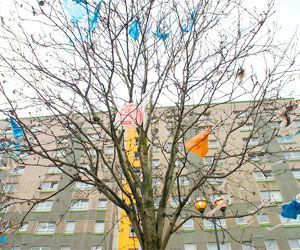
You'll find a concise analysis of the various measures that have been enacted in California here, along with a brief history of the issue. The agenda of the Santa Rosa forum and suggestions for ways to wean your own use of single use shopping bags can both be found at the Reduce Single Use website.
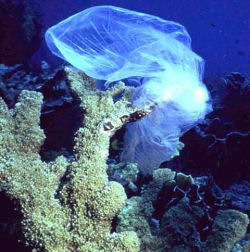


 Live Radio
Live Radio